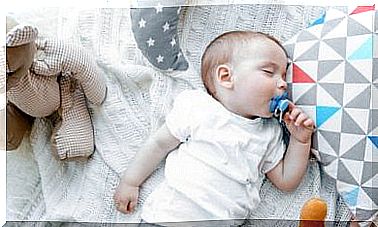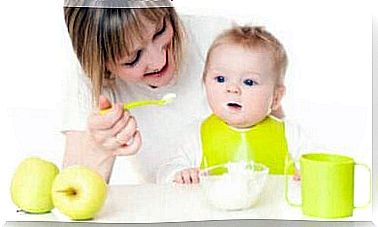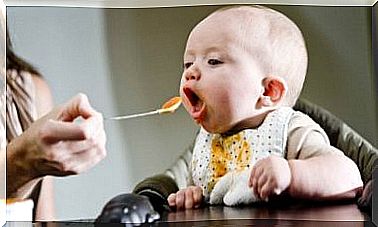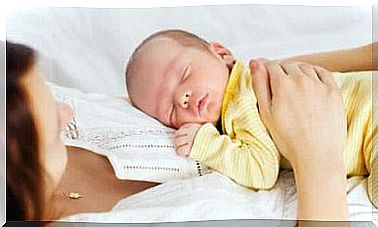Milia In Newborns: Causes, Symptoms And Treatment
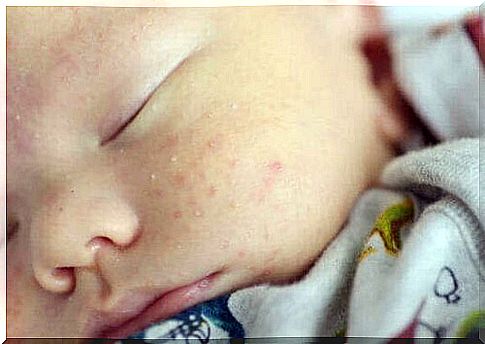
Milia in newborns is a skin disorder whose main symptom is small, white pimples or cysts. It is a very common disorder. In fact, 40% of all newborns develop these keratin-containing cysts.
Milia in newborns
What is it?
Milia in newborns is a group of whitish pimples or cysts that typically occur on the face. They are usually 1-2 millimeters in diameter. Specifically, they occur on the newborns’ cheeks, forehead and chin, at the same time they can also occur inside the mouth.
Therefore, milia resemble small cysts filled with pus of keratin. When pressed, a small amount of white pus will pop out, which is formed by traces of keratin. We should mention that you do not need to test it to diagnose it.
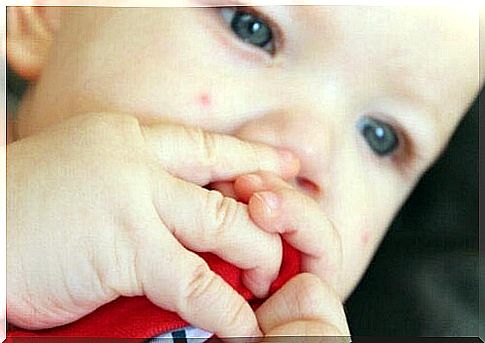
What is the reason?
Milia are formed when certain cells in the skin are “trapped” in the small pores on the surface of the skin. This is what creates the little pimples on the skin.
It is quite normal for parents to think that it is acne that occurs on their baby’s skin. But milia and acne are two very different disorders.
What does milia do?
Milia does not cause anything further. In fact, the baby does not experience any discomfort or pain.
These outbreaks do not cause fever, itching, or other complications. Likewise, it does not require medical treatment either.
Do milia in newborns come with risks?
The first thing you need to be aware of is that milia cysts are benign. In extremely rare cases, they can be a sign of a skin disease. It can e.g. be associated with Parry-Romberg syndrome or Gardner syndrome.
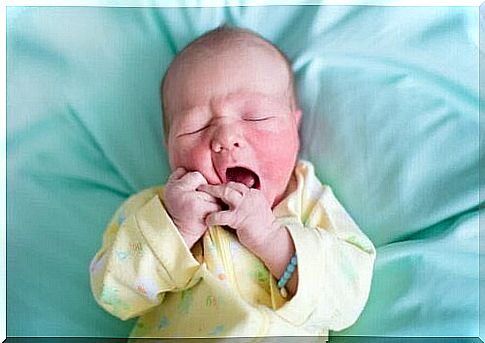
How to treat milia in newborns
It is really important to know that newborn skin is very delicate. Therefore, you need to be extra careful to avoid spreading bacteria that can cause problems.
There are some things to keep in mind:
- Do not scrub or press the pimples. It can damage the baby’s skin and create scars.
- We recommend that you cleanse the skin with a special skin cleanser for babies.
- If milia comes at a later age in your child or in more sensitive areas such as the mouth or eyes, then it can take up to four months to disappear.
- If it does not go away after three months, you should go to your pediatrician. He will tell you what to do.
Although most cases do not require special treatment, it is essential that you get a medical assessment.
In addition, avoid introducing unnecessary treatments that actually work the opposite of what you want to achieve.

